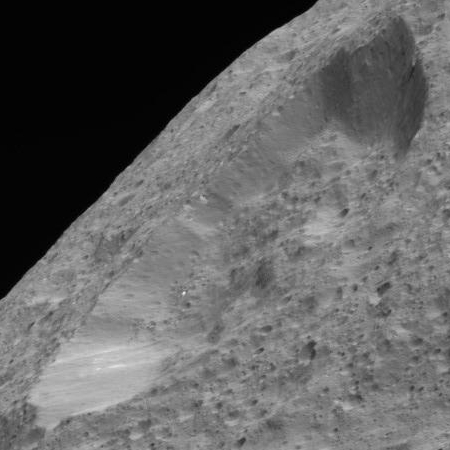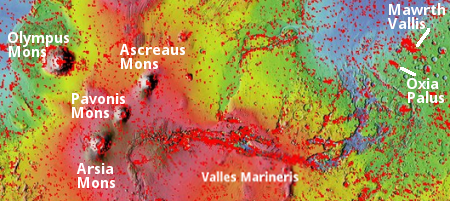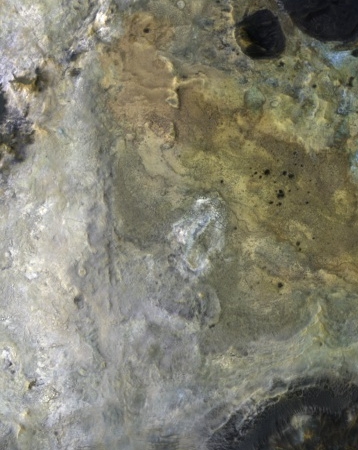What yesterday’s National Space Council meeting really reveals
Link here. While most news articles about yesterday’s third public meeting of the National Space Council are focused on Trump’s apparently off-the-cuff announcement that he wants a new military branch dubbed the “Space Force,” the story at the link provides a nice summary of the entire meeting, including a look at the presentations by four astronauts, two scientists, and one businessman.
The panel of former astronauts also offered some more general advice, including the importance of international and commercial partnerships, seeking bipartisan support to ensure the long-term viability of NASA’s exploration plan, and more outreach to the public. “We have got to get the support of the American people by getting the message out to people,” Collins said.
That panel came after another panel of two space scientists and one businessman who has flown payloads on the ISS. They argued for the importance of both human and robotic exploration, rather than one taking precedence over the other.
One of the astronauts came out against LOP-G, but his alternative suggestion was not really very different from that proposed by the other astronauts, calling for a massive NASA-run Apollo-style government space project:
Appearing on a panel during the meeting at the White House, Terry Virts said that the proposed Lunar Orbital Platform-Gateway, a human-tended facility in orbit around the moon, wasn’t an effective next step in human spaceflight beyond Earth orbit after the International Space Station. “It essentially calls for building another orbital space station, a skill my colleagues and I have already demonstrated on the ISS,” he said. “Gateway will only slow us down, taking time and precious dollars away from the goal of returning to the lunar surface and eventually flying to Mars.”
Virts wasn’t specific on what should replace the Gateway as that next step but called for an Apollo-like model of stepping-stone missions to return to the moon, with ISS, he said, serving well as the Mercury role.
Meanwhile, NASA administrator Jim Bridenstine gave his full endorsement of LOP-G.
Virts’ comments came after NASA Administrator Jim Bridenstine said the Gateway played an essential role in developing a long-term, sustainable human presence at the moon. “This is our opportunity to have more access to more parts of the moon than ever before,” he said of the Gateway, a reference to its ability to shift orbits using its electric propulsion system. He also played up the role of the Gateway in bringing in international and commercial partners while taking a leadership role in space exploration.
“The goal is sustainability,” he said. “When we’re going to the moon, as the president said in his speech, this time we’re going to stay, and the Gateway gives us that great opportunity.”
What we can glean from these presentations, all very carefully staged by the council to support what it wants the government to do in space, is that the Trump administration is going full gang-busters for another big Kennedy-like government space program, launched by SLS. They haven’t announced it yet, but they are definitely moving to propose such a program.
And such a program will cost billions, take forever to do anything (if it does anything at all), and accomplish nothing but spread pork to congressional districts while sustaining the big space companies like Lockheed Martin and Boeing and possibly reshaping the new space companies — tempted by the big cash being offered by the government — into becoming as bloated and as uncreative.




